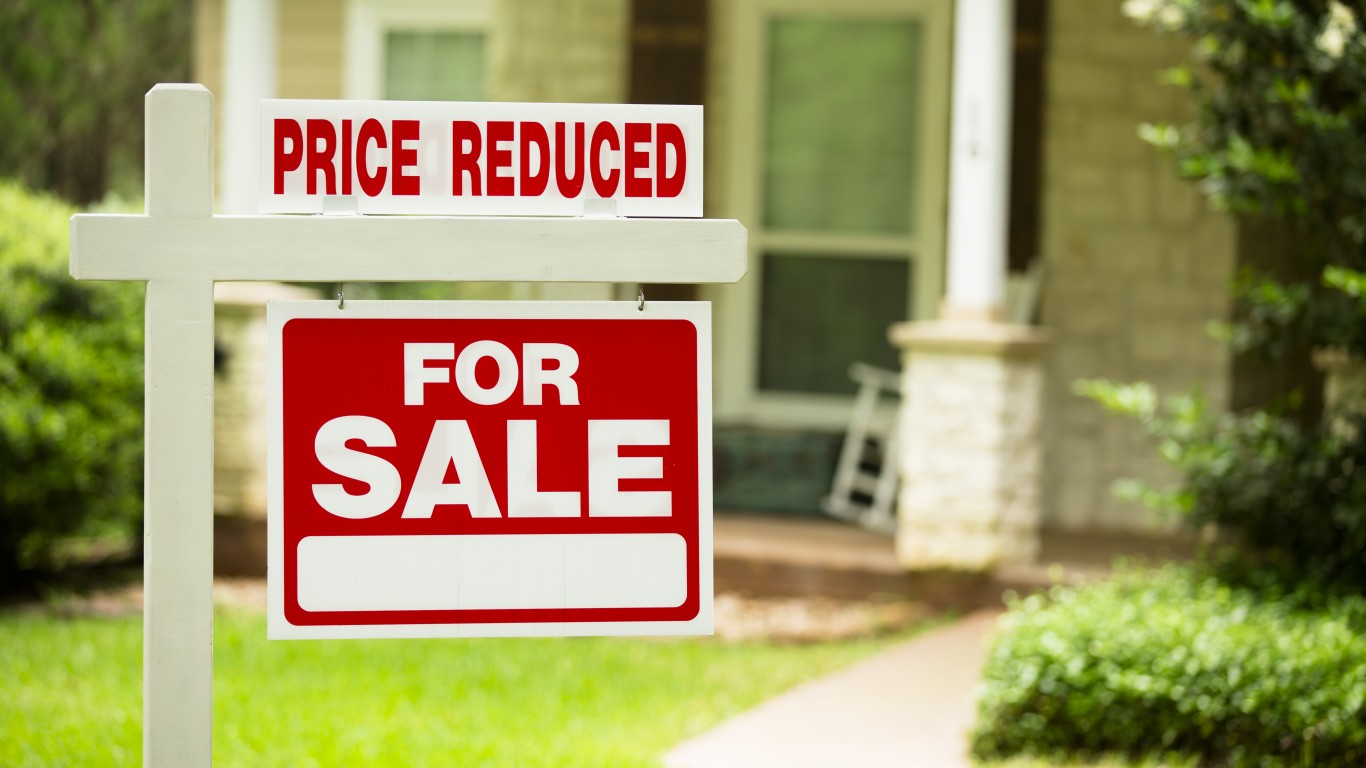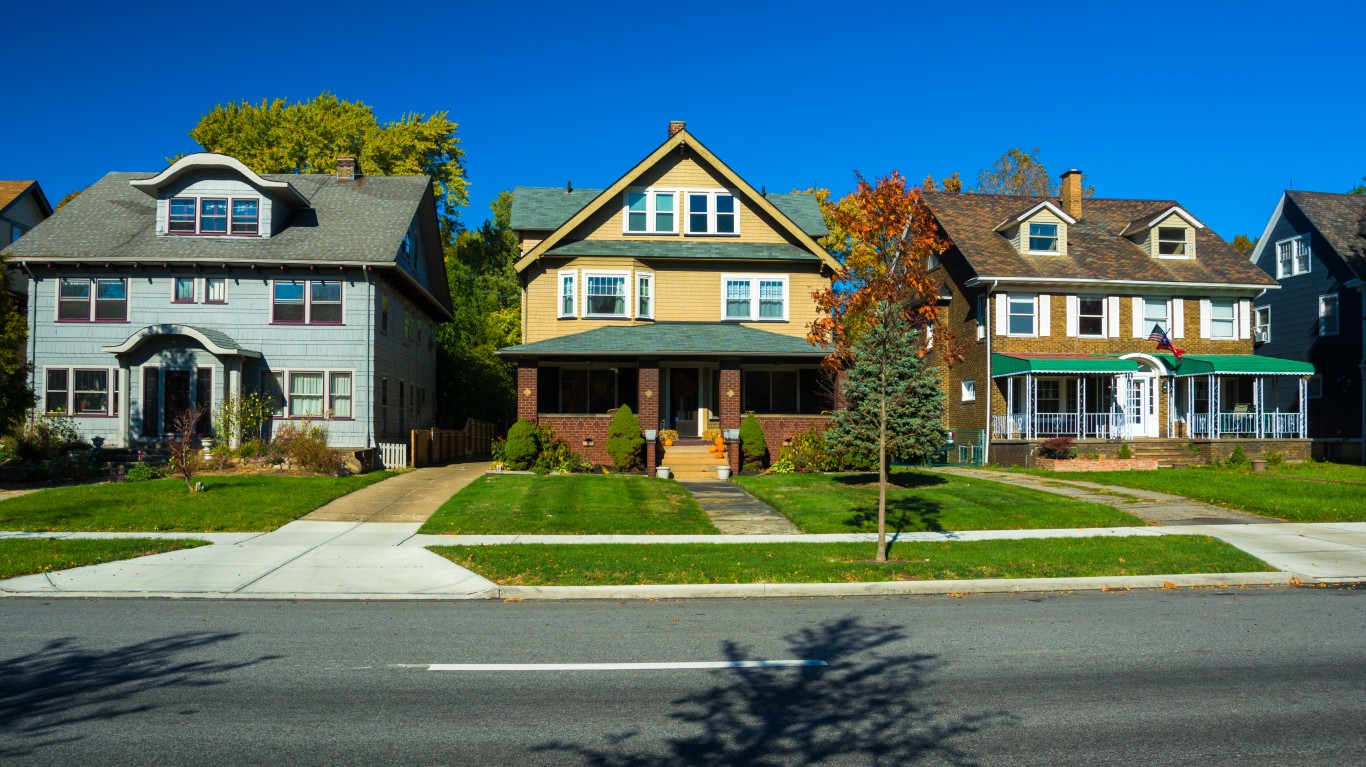The national mortgage application fraud risk index rose from 144 in the first quarter of 2018 to 149 in the second quarter, according to researchers at CoreLogic. In the second quarter of 2017, the index reading was 133. The fraud risk index has risen in the past seven consecutive quarters.
CoreLogic’s mortgage fraud risk index is calculated from the aggregation of individual loan application fraud risk scores during the prior quarter. Score compilations are calculated for the 100 most populated U.S. Census Bureau Core Based Statistical Areas (CBSAs) in the United States.
Purchase applications for new mortgages rose sequentially by 10 percentage points to 72%. Applications for new mortgages are riskier for lenders than applications for refinancing. In the second quarter, applications for refinancing reached their lowest level since CoreLogic launched the fraud risk index in 2010.
CoreLogic also noted an increase in borrowers for loans on multiple properties, indicating that investors are purchasing multiple properties concurrently and, on occasion, dividing loan applications across several lenders.
The firm also noted an increase in identity discrepancies and income reasonability red flags during the quarter.
Fraud risk rose the most in the Miami-Fort Lauderdale metropolitan area where loan applications raised warning flags on investors rapidly acquiring multiple rental properties and the potential use of owner-occupant financing to purchase rental properties.
The 15 metro areas with the highest mortgage fraud risk and the quarter-over-quarter change are:
- Miami-Fort Lauderdale-West Palm Beach, Florida: 288, up 3%
- Springfield, Massachusetts: 279, up 8%
- New York-Newark-Jersey City, NY/NJ: 261, flat
- Albuquerque, New Mexico: 246, flat
- Lakeland-Winter Haven, Florida: 229; up 20%
- Augusta, Richmond County, GA-SC: 221, up 7%
- Los Angeles-Long Beach-Anaheim, California: 220, up 6%
- Tampa-St. Petersburg-Clearwater, Florida: 212, up 2%
- Urban Honolulu, Hawaii: 210, up 1%
- Deltona-Daytona Beach-Ormond, Florida: 201, up 2%
- Orlando-Kissimmee-Sanford, Florida: 201, up 10%
- Memphis, TN-MS-AR: 200, down 10%
- Chicago-Naperville-Elgin, Illinois: 194, up5%
- Oklahoma City, Oklahoma: 194, down 24%
- Scranton-Wilkes Barre-Hazleton, Pennsylvania: 191, up 39%
Mortgage fraud can take many forms. The primary motive behind most of the borrower-initiated fraud is an attempt to qualify for a mortgage that would otherwise be unavailable. Inflating an appraisal in an attempt to get a mortgage for more than a property is worth or claiming income or assets that a borrower does not have are just two examples.
Borrowers themselves may also be the target of scams seeking to defraud them with loan modification programs or even Ponzi schemes. Promises to rescue a borrower from foreclosure can leave a beleaguered homeowner in even worse financial shape.
Visit the CoreLogic website for more information and for the methodology the firm uses to derive its mortgage fraud index.
Take Charge of Your Retirement In Just A Few Minutes (Sponsor)
Retirement planning doesn’t have to feel overwhelming. The key is finding expert guidance—and SmartAsset’s simple quiz makes it easier than ever for you to connect with a vetted financial advisor.
Here’s how it works:
- Answer a Few Simple Questions. Tell us a bit about your goals and preferences—it only takes a few minutes!
- Get Matched with Vetted Advisors Our smart tool matches you with up to three pre-screened, vetted advisors who serve your area and are held to a fiduciary standard to act in your best interests. Click here to begin
- Choose Your Fit Review their profiles, schedule an introductory call (or meet in person), and select the advisor who feel is right for you.
Why wait? Start building the retirement you’ve always dreamed of. Click here to get started today!
Thank you for reading! Have some feedback for us?
Contact the 24/7 Wall St. editorial team.




